I Describe.
- Main characteristics of chordates.
- Main characteristics of fishes.
- Main characteristic of amphibians (meaning of amphibians).
- Main characteristic of reptiles.
II Compare and Contrast:
- Vertebrates chordates/Non vertebrates chordates ( nerve cord, percentage)
- Ovoviviparous / Viviparous (Fertilization and Source of nuorishment)
- Jawless fishes/ Cartilaginous fishes/ Bony fishes (Characteristic feature, skeleton's composition, examples, and reproduction).
- Amphibians/ Reptiles (Main features, Circulation, Reproduction, and Movement)
- Crocodiles and alligators/ Turtles/ Lizards and Snakes. (Circulation, Limbs, shell, habitat)
- Ectotherms/ Endotherm (meaning, definition and examples).
- Frogs and Toads ( habitat).
- Turtles ad Tortoises (difference)
- Brain (fishes, amphibians and reptiles).
- Heart (number of chamber of fishes, amphibians and reptiles)
III Definition and Functions of:
Spinal cord, gill, cerebellum, cerebrum, limbs, pyloric ceca, liver , pancreas, stomach, kidneys, vertebral column, pharyngeal pouches, jaws, amniotic egg, deoxygenated blood, oxygenated blood, double-loop and single loop circulatory system, tunicates, nerve cord, intestine.



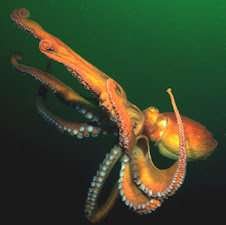

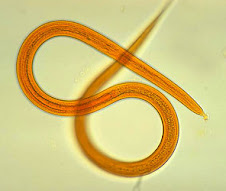




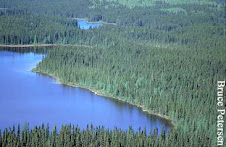
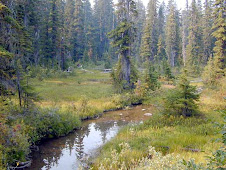
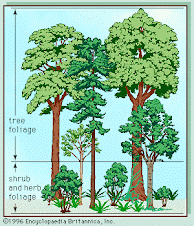



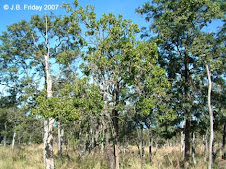
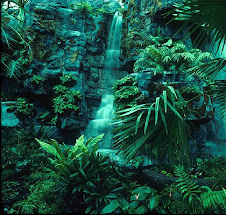

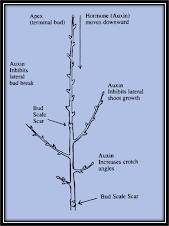


No hay comentarios:
Publicar un comentario